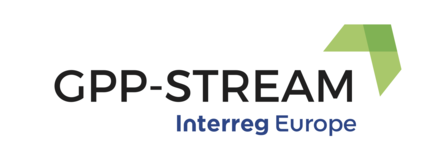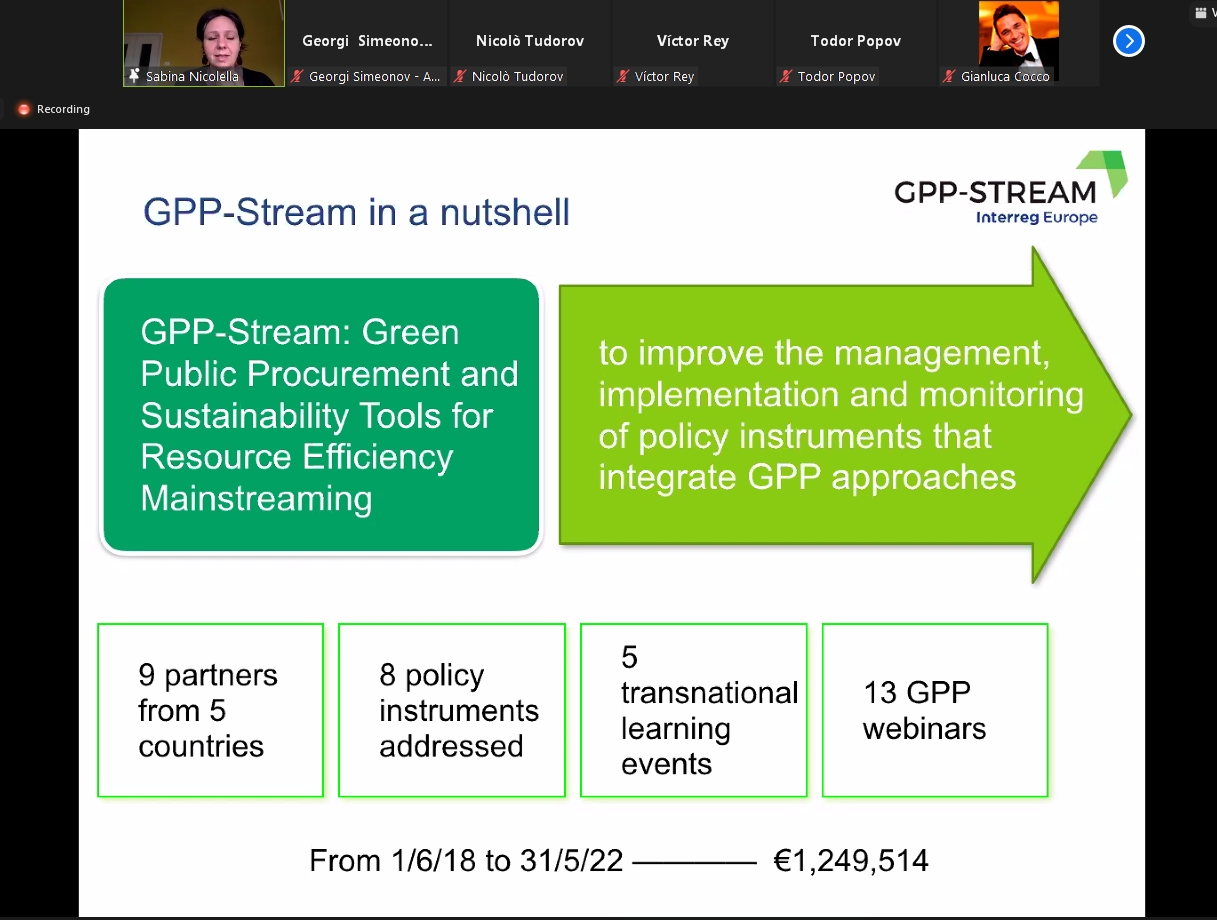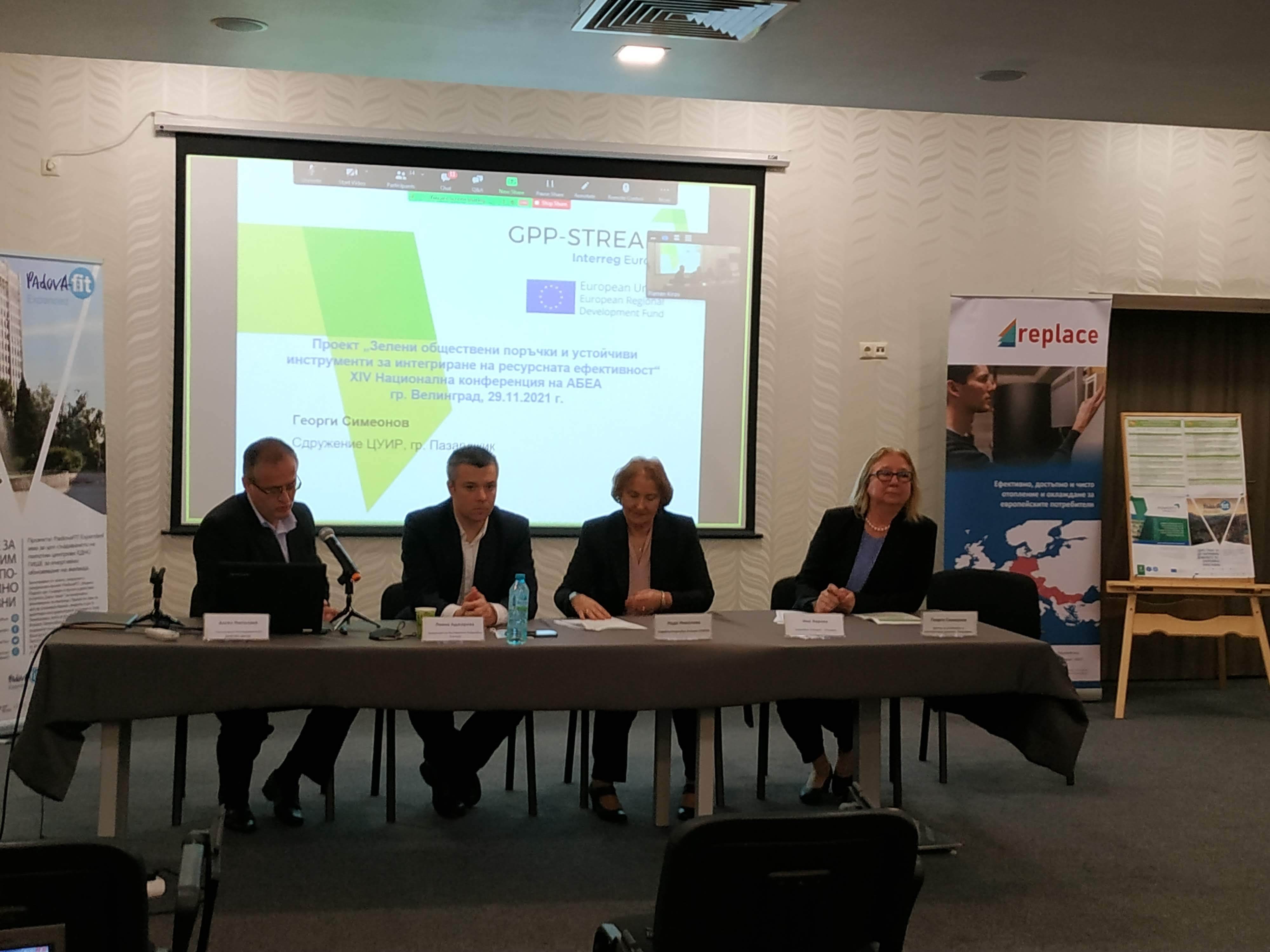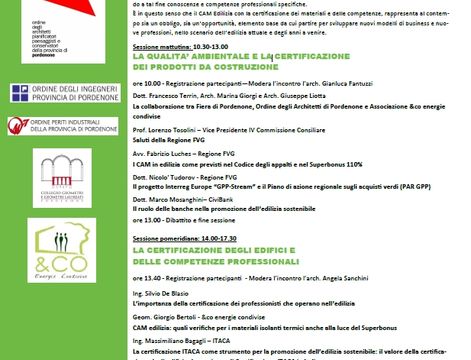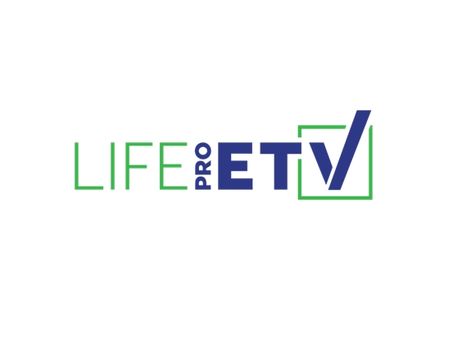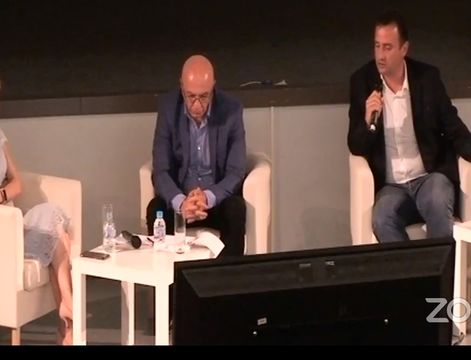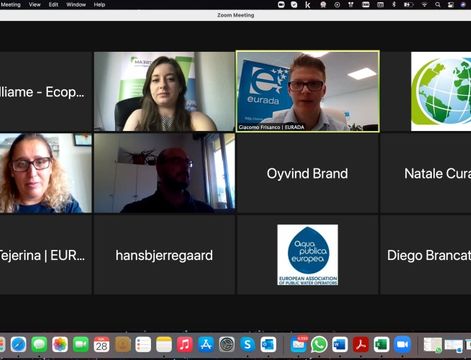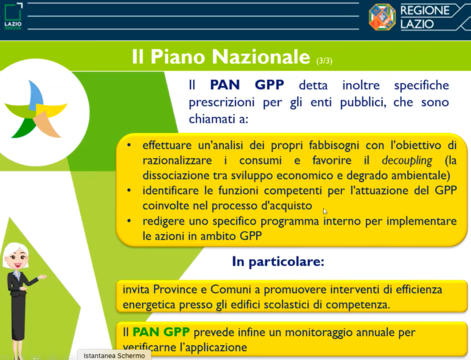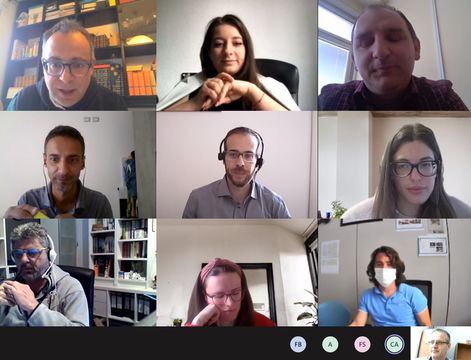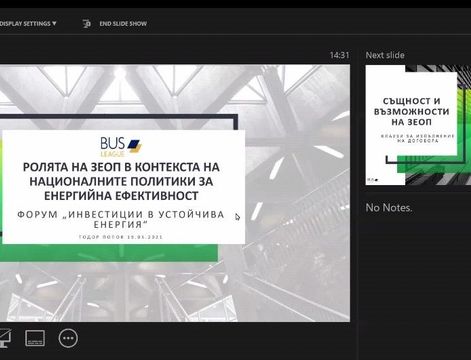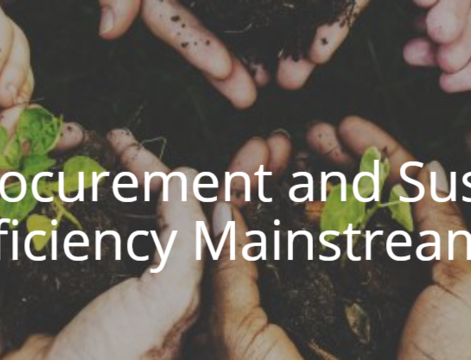Stakeholder Meeting in France Part I
- 1st part: 23 May 2019 at the Hôtel de région Auvergne-Rhône-Alpes - 49 participants
- 2nd part: 25 June 2019 at the AURA-EE premises - 24 participants
In all, 70 different participants and community representatives, members of the RREDD, attended the two days.
On May 23rd, the day was divided into two parts, the morning was the opportunity for AURA-EE to present the GPP-STREAM project to the communities and members of the RREDD network. It was also an opportunity for participants to attend the presentation of this National Action Plan for Sustainable Public Procurement directly by the Ministry and to interact with it. In the second part of the day, group work was carried out to review current practices, define a target situation and identify the levers and means necessary to advance sustainable purchasing on 3 themes:
- WG 2: organization, conditions and means for sustainable procurement
- WG 3: development of CCTPs, from sourcing to provider selection
- WG 4: evaluation and monitoring of implementation
The initially proposed WG 1 on the promotion, dissemination and use of the PNAAPD was not successful and none of the 49 participants present at the day wished to contribute directly to this working group.
The working logic of the workshops was to divide all participants into a working group, each group then dealing specifically with only one of the three topics. The sessions were held in parallel, with one hour allocated for group discussions, followed by a common debriefing time in plenary.
On the basis of the initial results of these workshops on 23 May, a new in-depth session was organised on 25 June, only in the morning. This time the 24 participants were divided into 2 groups to deal successively with all three of the above-mentioned topics (30 minutes per theme), followed by a common feedback time in plenary.
It emerged from these exchanges that the actors on the ground expect above all that the future Plan will be directly usable and will provide concrete elements, necessary for the implementation of sustainable purchasing in the territories (a State Plan for the territories and not a State Plan for the State). The constraint is then for the State to propose an effective document, i.e. one that is sufficiently "light" and precise to meet this clearly identified need of the territories. In a manner consistent with the survey, the actors in the field also expect the future Plan to:
- Be more precise in defining its objectives
- Define the means of implementation, monitoring and training
- Allows for the mobilization of elected officials and specifies the means and conditions for doing so
- Works by category of purchase and in this regard
- Highlight and share best practices to show the benefits and encourage the desire to implement sustainable purchasing on its territory
Specific focus on the 2nd stakeholders meeting of the 25th of June
This 2nd session aimed to deepen the work of the 1st session on 23 May. On this occasion, the 24 participants were divided into 2 groups where each group covered all the themes (unlike the functioning of the 1st session where each group addressed a specific theme).
1 The questions asked
1.3.1.1.1 Policy and internal organisation
- Which commitment document or approach? What content? How long does it last? What political weight/value? How to define it?
- Who is the team made up of? What is the role and responsibility of each person? What skills? What legitimacy?
- What budget is needed to make sustainable purchases?
1.3.1.1.2 Market construction
- What are the steps from defining the need to monitoring the market? What expectations / objectives at each step of the process?
- What internal / external needs in the development? What interactions?
- What arguments / ambitions for sustainable purchasing? What are the benefits? On which references to rely?
- How do I develop this repository in my community?
1.3.1.1.3 Implementation monitoring and evaluation
- What is the place for evaluation? What level of complexity?
- What should be measured? At what scale / process step? Convenience approach?
- What tools and means are available? What conditions and/or constraints to implement them?
- How to design the evaluation from the very beginning of the market design?
- How to communicate, promote and initiate continuous improvement?
2 answers provided: WG 1
1.3.2.2.1 Policy and internal organisation
Commitment document
- This document must be developed, we can't do without
- Need for strong and prior political commitment (deliberation, guidance), leading to strong commitment to the objectives set
- Integrate "local purchasing" clauses based on the model of social clauses (% of the market)
- Taking into account sustainable procurement on 100% of supply, services and works contracts
- Sustainable development charter by setting objectives by domain, committing to the duration of the mandate and disseminating internally and also externally to companies
